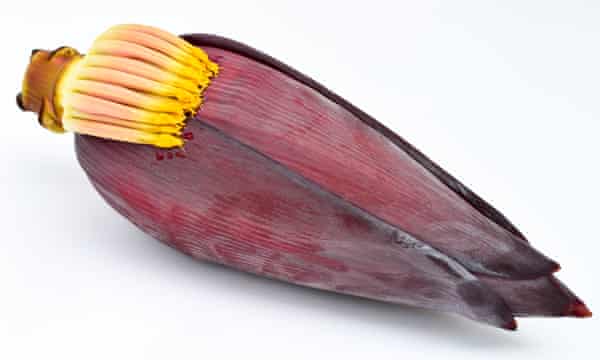[ad_1]
We all have our own annual milestones that coax us out of horticultural hibernation, kicking off a flurry of plans for the year to come. For me, it’s taking down the Chinese New Year decorations at the start of February. Partly because it is, of course, a spring festival all about new beginnings, and partly because – like Christmas – it is so bound up in nostalgia, which I think is an intrinsic part of how we all garden.
This week, I’ve been thinking about the laughter-filled warm evenings spent in my grandparents’ colourful garden back in Borneo. At this time of year we always used to gather together to watch the celebratory fireworks exploding in the dark sky as my huge, extended family amassed around dozens of plastic tables for dinner. It also got me thinking of all the amazing tropical-effect garden plants that can be started out from seed about now – even in these less warm and idyllic climes.
In the UK there is the frequent preconception that exotic-style gardening is both incredibly high maintenance and prohibitively expensive. When you consider the eye-watering price of tree ferns and some of the hardier palms, this is pretty understandable conclusion. But that doesn’t mean there are no beautiful tropical species out there that are very affordable and easy to grow from seed. I’m talking about bananas.

At the top of any such list has to come the Japanese fibre banana, Musa basjoo. The plant has huge, apple-green, paddle-like leaves, and is capable of creating 6ft monsters of jungly foliage in just a few months. One of the more northerly species of banana, it will thrive even in some surprisingly cold temperatures. Being root hardy (if given a good mulch) it will survive in temperatures down to as low as -15C. It won’t give you edible fruit, but it is an absolute show-stopper for its architectural looks.
Soak the hard, black seeds for 24 hours in a glass of water to spark them into growth before sowing them in a propagator of seed compost on a warm windowsill, any time from March onwards. Despite their hardiness, I would still definitely plant them in a sheltered spot to prevent their sail-like foliage from being shredded by the wind. An urban courtyard or near a high boundary wall is ideal.
Aside from costing a fraction of the price of buying ready-grown small plants, bananas grown from seed also give you the opportunity to try out all sorts of more niche varieties that may turn out to be similarly hardy. The classics are Musa sikkimensis from the highlands of India, with its gorgeous wine-coloured undersides and tiger stripes over the upper surface; and if you have a very sheltered spot in one of the mildest areas of the country, such as Cornwall or central London, Musa balbisiana is sometimes recommended. I currently have some Ensete glaucum, or snow banana, on the go as a bit of a gamble, and am very curious to try out Musa ‘Helen’s Hybrid’, which some claim is the hardiest edible species. I am so excited to see what they do in the year to come. Here’s to new horticultural beginnings.
Follow James on Twitter @Botanygeek
[ad_2]
Source link



